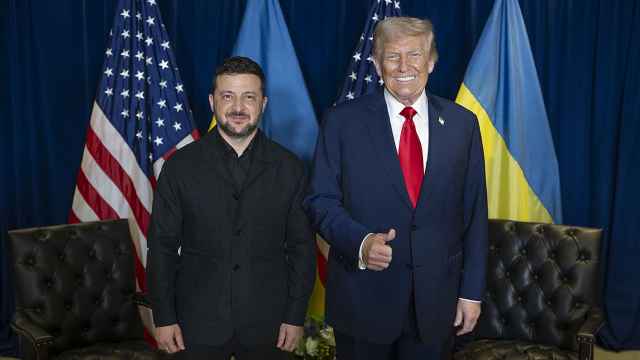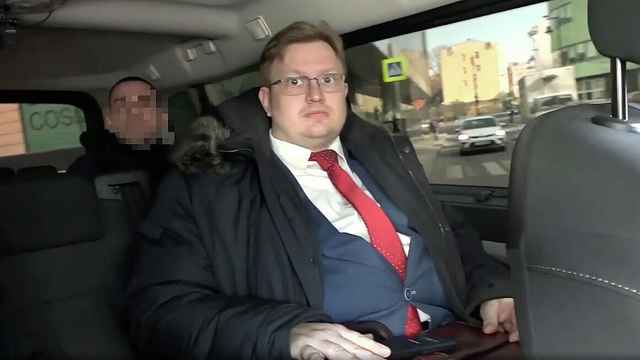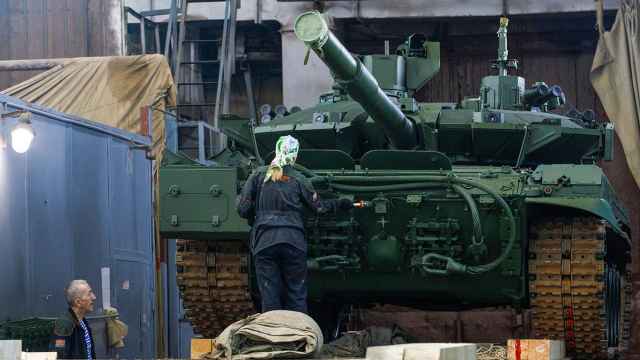BILLINGS, Montana — Cowboys, quarter horses and 1,434 purebred beef cattle — just add grasslands, and you've got a transplanted Montana ranch.
Those livestock basics — plus some training in animal care — is what Montana cattle producers have shipped to southwestern Russia, where the landscape is similar to the grassy high plains of eastern Montana. It's part of a Russian subsidized deal to make that country's cattle industry more self-sufficient.
"It's like an instant ranch," said Kate Loose, a representative of one of the Montana ranchers involved in the deal.
Most of the cattle departed by aircraft, with the last shipment touching down Thursday in Moscow before heading to the Voronezh region.
Everything else — 545 cattle, five U.S. quarter horses bred for their speed and a veterinarian from Choteau, Montana — went by boat to Stevenson Sputnik Ranch, a partnership between rancher Darrell Stevenson and Russian investors. That livestock also was due to land Thursday.
The state's agriculture officials said the shipment represents the state's largest overseas export of live cattle to date.
Work on the export deal began two years ago, during a trade mission to Russia that included Montana Agriculture Director Ron de Yong, Stevenson and Jack Holden, of Holden Herefords.
Russia has only about a half-million beef cattle but wants to increase that figure sharply in the next decade. Its government also has made cattle import deals with European countries, Canada and Australia, but de Yong said the how-to-ranch services provided by Stevenson could give Montana producers a future advantage.
"The potential is so huge, it's hard to put numbers on it," de Yong said.
Sara Stevenson, Darrell Stevenson's wife, said the Russians have a different way of handling cattle than Montana ranchers: No fences, fewer cattle per cowboy — and much more direct government involvement.
"Part of the subsidy is that they employ as many Russians as possible," she said. "And since there's no fences, instead of one cowboy, they need two to three herdsman for every 200 to 300 cattle."
A rotation of Montana ranchers, working cowboys and veterinarians will teach Russian herdsmen how to care for the livestock in what Sara Stevenson called "cowboy training."
The landscape will look somewhat familiar to the Montana group, even when they're half the world away, said de Yong.
"It's just like coming to Montana 100 years ago when it was just all grass," he said of the Voronezh area.
A Message from The Moscow Times:
Dear readers,
We are facing unprecedented challenges. Russia's Prosecutor General's Office has designated The Moscow Times as an "undesirable" organization, criminalizing our work and putting our staff at risk of prosecution. This follows our earlier unjust labeling as a "foreign agent."
These actions are direct attempts to silence independent journalism in Russia. The authorities claim our work "discredits the decisions of the Russian leadership." We see things differently: we strive to provide accurate, unbiased reporting on Russia.
We, the journalists of The Moscow Times, refuse to be silenced. But to continue our work, we need your help.
Your support, no matter how small, makes a world of difference. If you can, please support us monthly starting from just $2. It's quick to set up, and every contribution makes a significant impact.
By supporting The Moscow Times, you're defending open, independent journalism in the face of repression. Thank you for standing with us.
Remind me later.





